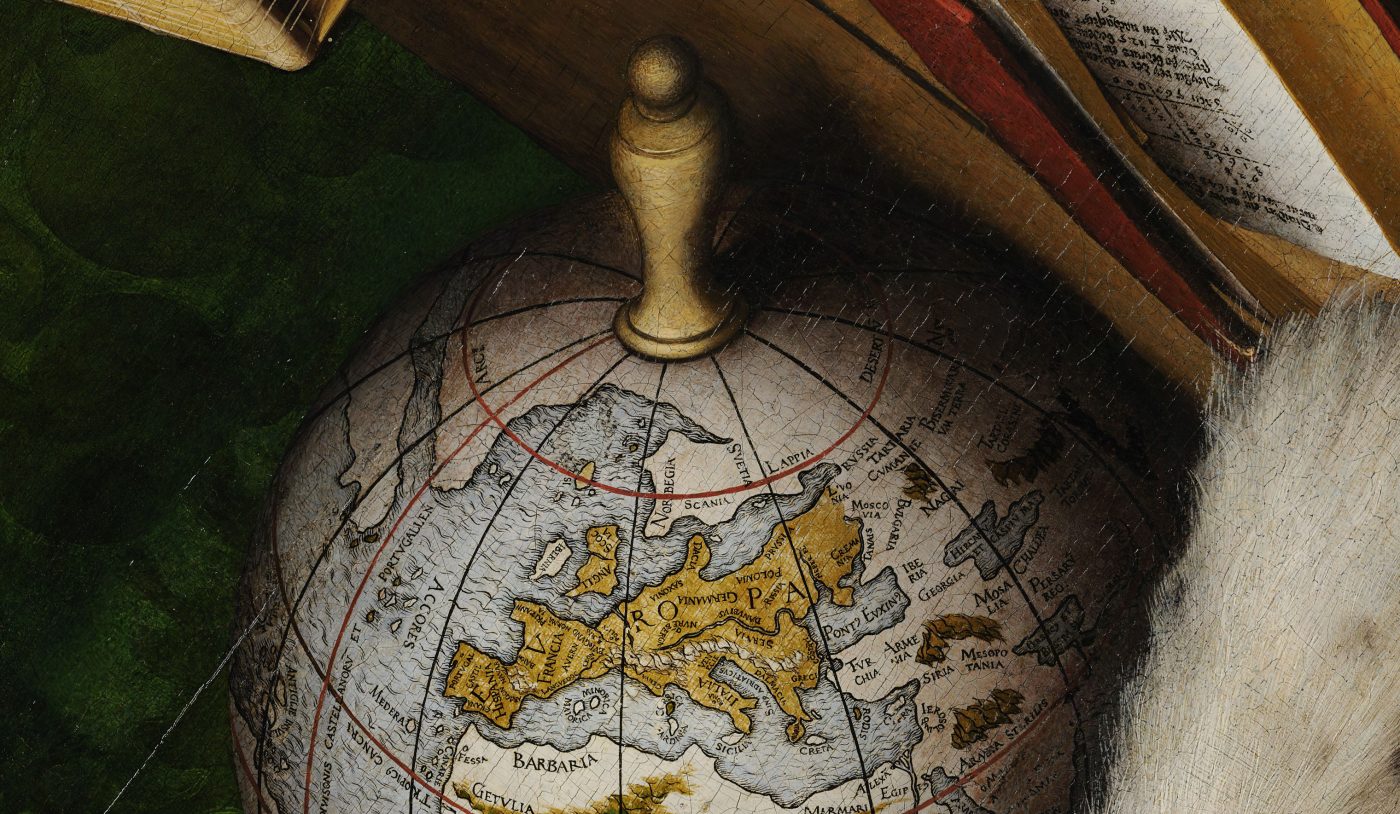Mapping Blog-post
Working with Palladio shows us the connections in the data we gathered with the people in our groups in a very visual way. It helps us to organize everything into categories so that we can more easily analyze what at first is just numbers on a sheet. We were able to see the times and places that overlapped between our rulers as well as timelines of the lengths of their lives and their travels. The map portion of the website gives us the option to look at the data depending on how many people where at a given place or how many times our humanist went to a single city or region.
Palladio is very convenient in that it lets us manipulate our own data to see what we may be curious about. It is easy to manipulate the map and to add and remove layers and filters. The timelines and times-pans are also easy to read and manipulate. It is easy to move from one layer to another and to isolate data at our desire. I find it really hard to work with the facet part because when I create filters I don’t see a difference in the map at all. Gathering the data is also tedious because of how easy it is to make mistakes. Once the data was clean and I felt somewhat comfortable with Sheets, Excell and the website itself it was very convenient to be able to look at all our data by sections. The facets and the filters that we are at liberty to choose are very helpful in clarifying what the numbers mean and how they can even be of use. On a side note, I loved that we can add color and that there are different maps that we can use like the satellite view of the map. Being able to hover over the dots and get the information I was looking for was very relieving too given that like Joe said “this is as much as I science” and math.
